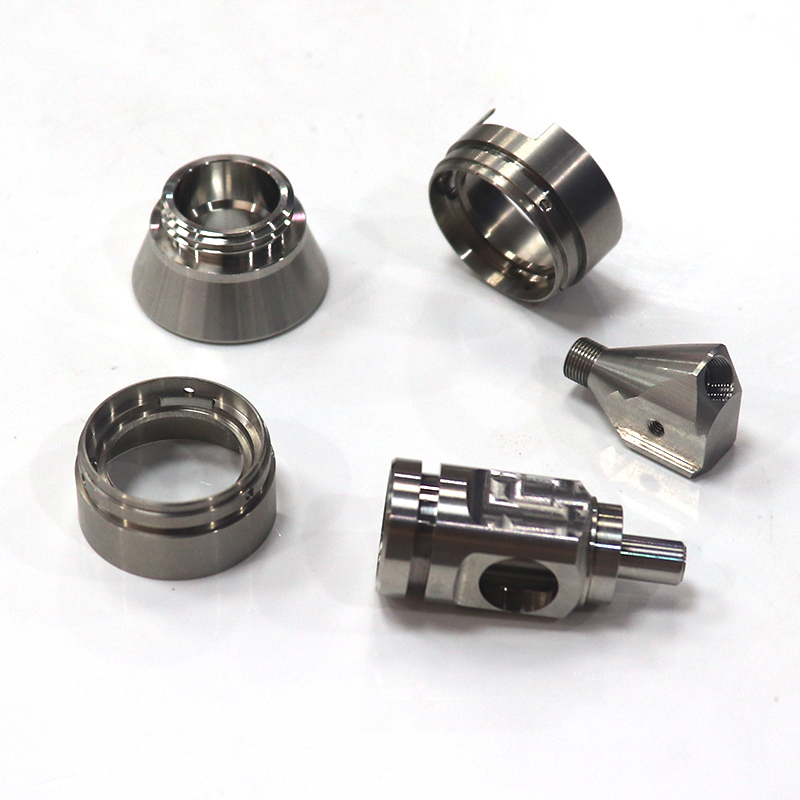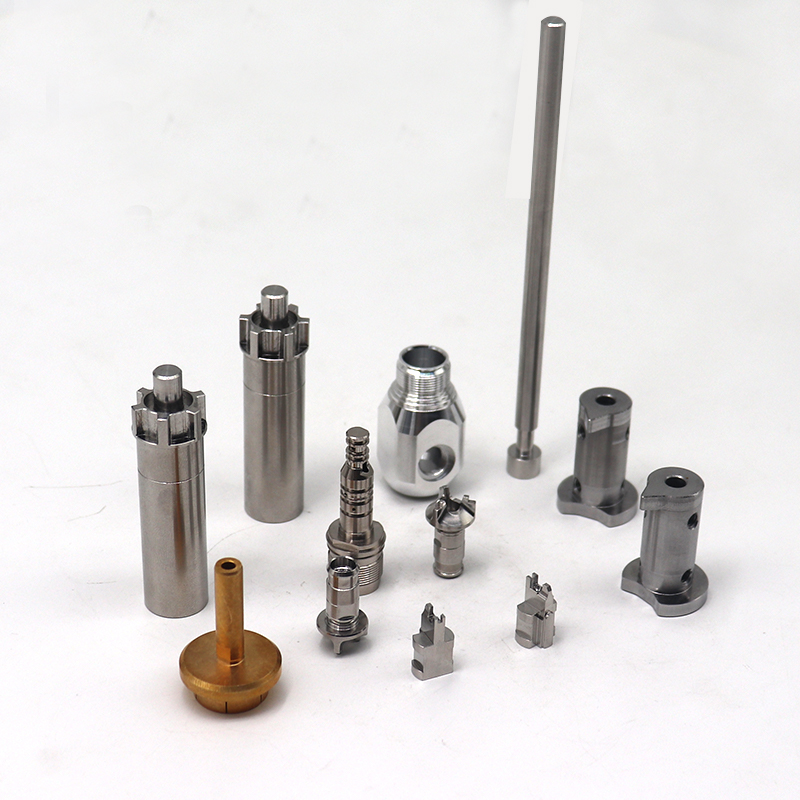目录
CNC Precision Machining Parts: Ensuring High Standards in Quality Control and Inspection
CNC precision machining is a cornerstone of modern manufacturing, providing the ability to create highly accurate and complex parts for a variety of industries. Ensuring high standards in quality control and inspection is crucial to maintaining the integrity and functionality of CNC precision machining parts. This article delves into the importance of quality control, methods of inspection, and the best practices to ensure that CNC machining delivers superior results.
Introduction to CNC precision machining parts
CNC (Computer Numerical Control) machining involves the use of computer-controlled machines to manufacture parts with high precision and repeatability. This process is widely used in industries such as aerospace, automotive, medical, and electronics, where the demand for intricate and precise components is paramount. CNC precision machining parts are produced with exacting tolerances and specifications, making quality control and inspection critical to the process.

Importance of Quality Control in CNC Machining
Quality control in CNC machining is essential to ensure that the parts produced meet the required specifications and function as intended. The precision of CNC machining allows for the creation of parts with tight tolerances, which is necessary for components that must fit together seamlessly in complex assemblies. Effective quality control prevents defects, reduces waste, and ensures customer satisfaction.
Methods of Quality Control and Inspection
1. Visual Inspection
Visual inspection is often the first step in quality control. It involves examining the parts for obvious defects such as scratches, dents, or surface imperfections. While this method is relatively simple, it is crucial for detecting issues that may affect the part’s appearance or basic functionality.
2. Dimensional Inspection
Dimensional inspection involves measuring the physical dimensions of CNC precision machining parts to ensure they meet the specified tolerances. Tools such as calipers, micrometers, and coordinate measuring machines (CMMs) are commonly used for this purpose. Dimensional accuracy is critical for parts that must fit precisely in assemblies.
3. Surface Finish Inspection
The surface finish of a part can significantly affect its performance, particularly in applications involving moving parts or fluid dynamics. Surface finish inspection involves measuring the roughness and texture of the part’s surface using instruments like profilometers. Ensuring the correct surface finish is essential for reducing friction, wear, and ensuring proper sealing.
4. Non-Destructive Testing (NDT)
Non-destructive testing methods, such as ultrasonic testing, radiographic testing, and magnetic particle testing, are used to detect internal defects without damaging the part. These methods are vital for ensuring the integrity of critical components, especially those used in high-stress or safety-critical applications.
5. Functional Testing
Functional testing evaluates the part’s performance in its intended application. This can involve stress testing, thermal cycling, or operational testing to ensure that the part functions correctly under the expected conditions. Functional testing is essential for parts that must withstand specific loads, temperatures, or environmental conditions.

Best Practices for Quality Control in CNC Machining
1. Standard Operating Procedures (SOPs)
Implementing SOPs for each stage of the CNC machining process ensures consistency and reliability. These procedures should cover machine setup, tooling, material handling, and inspection methods. SOPs help standardize the production process and reduce variability.
2. Regular Calibration and Maintenance
Regular calibration of measurement instruments and CNC machines ensures accuracy and reliability. Maintenance schedules should be adhered to, preventing unexpected machine downtime and maintaining optimal performance.
3. Training and Certification
Ensuring that operators and inspectors are well-trained and certified in quality control practices is crucial. Continuous education and training programs help keep the workforce updated with the latest technologies and methodologies.
4. Statistical Process Control (SPC)
SPC involves using statistical methods to monitor and control the manufacturing process. By analyzing data from the production process, SPC helps identify variations that could lead to defects, enabling proactive adjustments to maintain quality.
5. Documentation and Traceability
Maintaining detailed records of the production process, including material batches, machine settings, and inspection results, ensures traceability and accountability. This documentation is vital for quality audits and addressing any issues that may arise post-production.
Common Challenges in Quality Control for CNC precision machining parts
1. Material Variability
Different batches of material can exhibit variability in properties such as hardness, grain structure, and thermal expansion. Ensuring consistent material quality is crucial for maintaining part accuracy and performance.
2. Complex Geometries
CNC precision machining often involves creating parts with complex geometries that are challenging to inspect. Advanced inspection techniques and equipment, such as 3D scanners and CMMs, are necessary to accurately measure these intricate parts.
3. Tight Tolerances
Maintaining tight tolerances can be challenging, especially for high-precision applications. Ensuring machine stability, tool wear management, and thermal control are critical factors in achieving the required tolerances.
FAQ
Q: What are the key factors to consider in quality control for CNC precision machining parts?
A: Key factors include dimensional accuracy, surface finish, material properties, and functional performance. Implementing robust inspection methods, regular calibration, and comprehensive documentation are essential practices.
Q: How can dimensional inspection be effectively carried out for CNC precision machining parts?
A: Dimensional inspection can be effectively carried out using tools such as calipers, micrometers, and coordinate measuring machines (CMMs). These instruments provide precise measurements to ensure parts meet specified tolerances.
Q: What role does non-destructive testing (NDT) play in the quality control of CNC precision machining parts?
A: NDT methods, such as ultrasonic testing and radiographic testing, are crucial for detecting internal defects without damaging the part. These tests ensure the structural integrity of critical components, particularly in safety-sensitive applications.
Ensuring high standards in quality control and inspection is vital for the success of CNC precision machining parts. By implementing rigorous quality control measures, manufacturers can produce reliable and high-quality components that meet the exacting demands of various industries.
0



